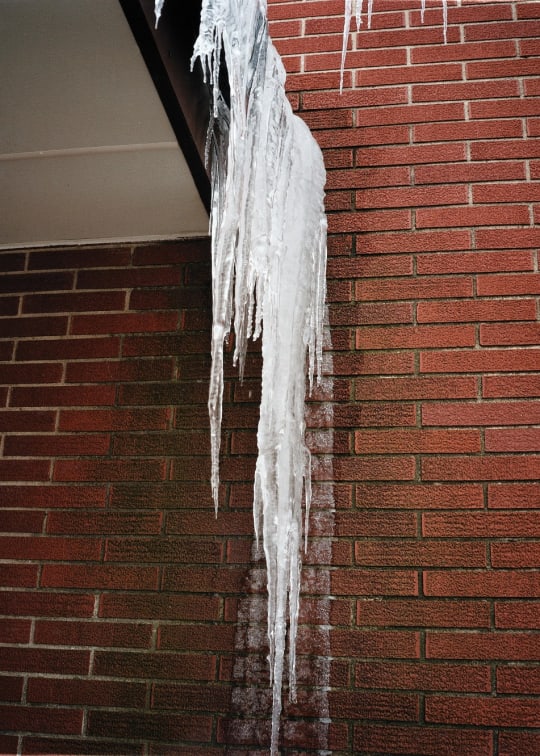IBHS Ice Dams
At a glance..
Ice dams can cause stained or ruined walls and ceilings, saturated insulation, and dry rot of structural framing, leading to costly repair jobs. Fortunately, there are a number of basic and practical ways to minimize the size and impact of roof ice dams.
The details..
"Natural Hazard Mitigation" is a publication by the Institute for Business and Home Safety that addresses one of the most common problems faced by homeowners living in colder regions - ice dams. The book offers practical solutions to reduce their size and impact on homes during winters.
Ice dams form when there is snow on sloped roofs, which melts due to heat rising from within the house into the attic. This water then runs down towards lower edges where it refreezes under snow forming thin layers of ice. Over time these layers build up creating formidable ridges along with gutters or without them leading to costly repairs such as stained walls, ruined ceilings etc.
The best way to prevent ice dam formation is through insulation of attics floors so that less heat rises from below into attics thereby reducing thawing/refreezing cycles on rooftops; this can be achieved through sealing all openings around penetrations like exhaust pipes/plumbing vents/fireplace chimneys/light fixtures while ensuring adequate ventilation using eave/soffit/cornice/gable/ridge vents as per local building codes.
While there are other methods like installing heating coils/metal sheeting along roof edges, they may not always be effective since they involve puncturing underlayment over sheathing increasing chances of leaks if an ice dam forms. Therefore it's advisable for those living in colder regions prone to icicles/damages caused by them take necessary steps outlined in this book.
